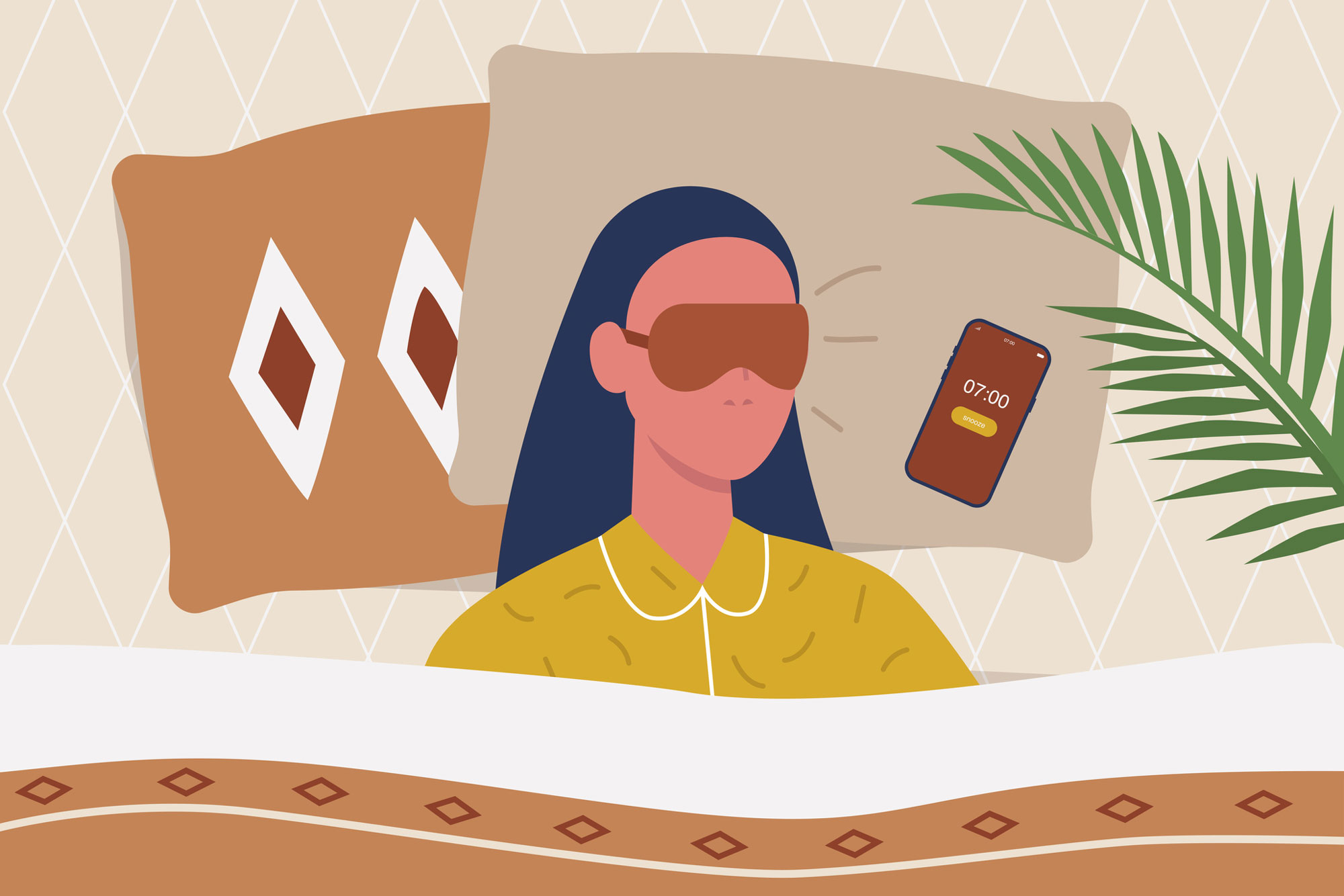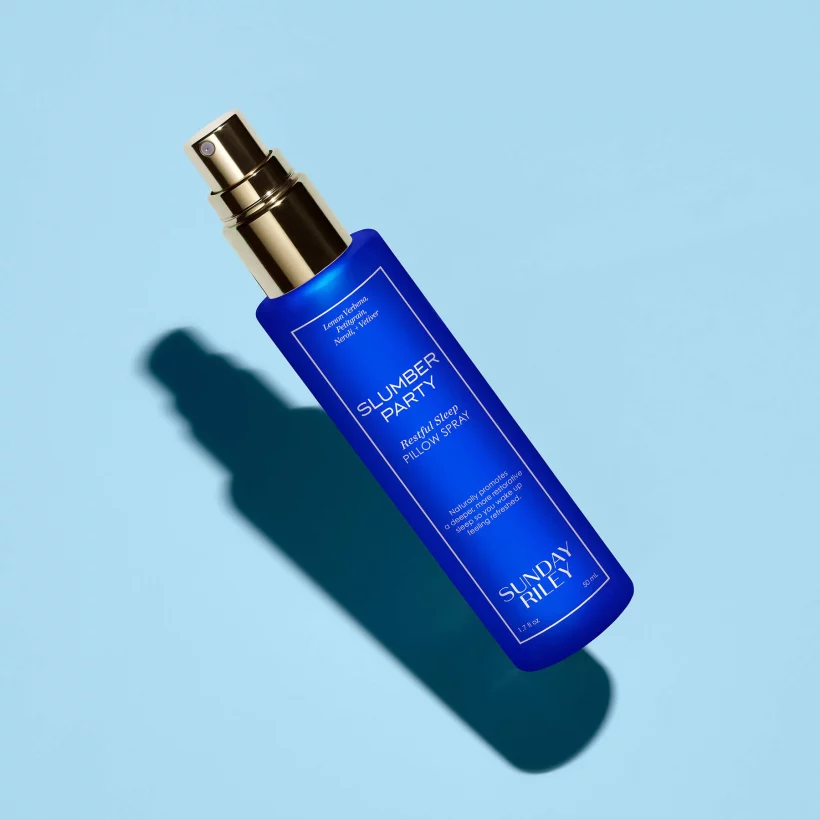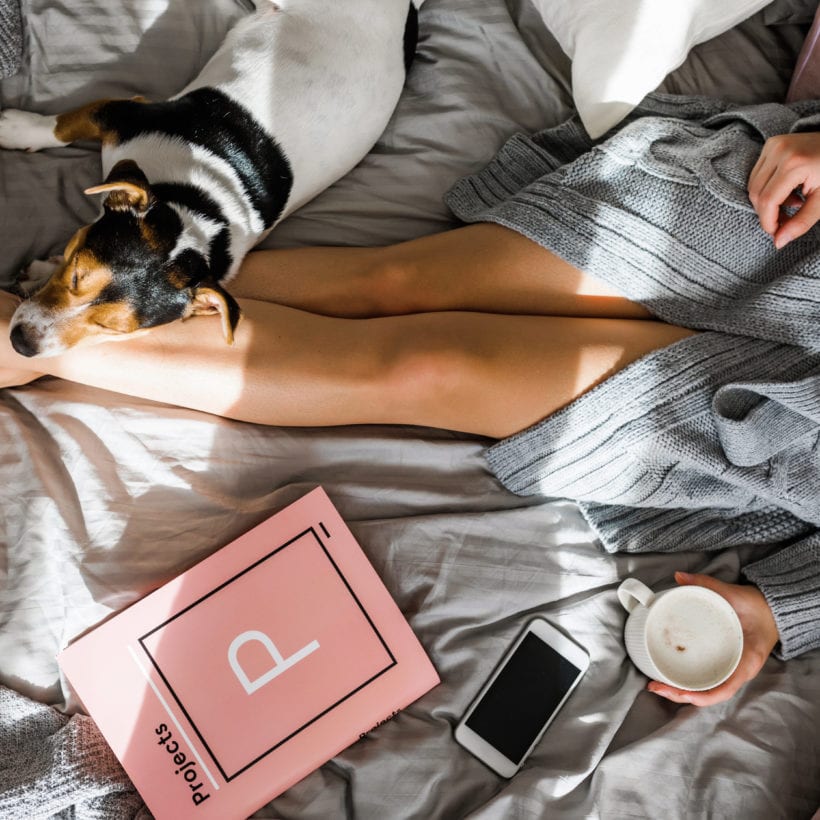When was the last time you took a nap? Maybe it was on vacation or over the holiday period? Or perhaps napping isn’t something you’ve partaken in since you were a child. In our work hard, hustle harder culture, there isn’t much encouragement for napping, but maybe we’re missing a trick. Short naps, when done correctly, can reduce stress, boost productivity, and inspire creativity. Looking to find out more? You’re in the right place…
The benefits of napping
To understand why napping is beneficial, you need to understand a little more about sleep. Heather Darwall-Smith points out two key systems within the body at play. The circadian rhythm, which is your body’s biological clock, and sleep pressure, which builds up throughout being awake — essentially, the longer you are awake, the sleepier you feel. “These two processes work together to create a ‘sleep window,’ the body’s natural time zone to fall asleep,” she noted.
If you are sleep-deprived, you are likely to have high sleep pressure levels, which will negatively impact your cognitive ability. Think brain fogginess, working slower than usual

, or forgetting things. “A short nap takes the edge off that daytime sleepiness,” she confirmed.
A short nap can be reviving and allow you to ‘reset’. This is because during this period of shut-eye, your brain waves change. “When you nap correctly, it’s not the same sleep you sleep at night,” Gin Lali explained. “It’s a state of mind that rests the conscious part of the brain but allows the subconscious part to get to work. So you go into an inner-rehearsal mode to organize, plan and come up with ideas,” she added. This is why napping can help us feel more productive and creative afterward.
When not to nap
Napping doesn’t suit everyone, especially those who suffer from insomnia or issues with sleeping. If you are already struggling to sleep, sticking to a regular sleep and wake time without any naps in between is the easiest way to ensure you get the best sleep possible. As mentioned, napping reduces sleep pressure, so if you are already struggling to get to sleep, you don’t want to reduce this even further.
How to get a good nap
It may seem like all you need to do is shut your eyes and lay down. But, there are right and wrong ways to nap, and to reap its benefits fully, there are a few golden rules to abide by.
Keep it short
It’s generally thought that the best length of a nap is between 20-30 minutes. Lali suggests setting a timer for 30 minutes: “20 minutes is perfect. Allow five minutes either side of that to settle in and to revive yourself so set a timer for 30 minutes.” “The shorter timing stops you from falling into a deep sleep,” Darwall-Smith explained. “Avoiding this drop is essential as waking from deep sleep can leave you in a state of grogginess, negating the impact of taking a nap.” If you’re waking up groggy and disoriented, you’ve likely been sleeping too long.

Nap within the right window
If you don’t have issues falling asleep at night, a short nap shouldn’t impact your chance of drifting off later that day. Having said this, it’s all about not having a nap too late in the day. “While research hasn’t pinpointed the exact perfect time to take a nap, it is generally understood that napping during the natural circadian dip in mid-afternoon (between 1-4 p.m.) is beneficial,” Darwall-Smith said.
Tune out noise
Between landscapers, construction, and your Slack messages pinging your phone, you’re not likely to find as much quietness during the day as you do at night, but this shouldn’t put you off napping. “You’re napping, not sleeping, so normal everyday sounds will continue around you. Learn to accept those sounds in the background of your awareness,” Lali said.
Create a naptime kit
If you need more help blocking out said noise and distractions to fully get in the nap zone, feel free to find ways to get more comfortable. Use a weighted sleep mask, white noise, or ear plugs. A diffuser with a calming scent like lavender could help you get into a relaxed state of mind.
Take to your bed
While it can be tempting to have a few minutes of shut-eye on the couch, the best way to nap is where you normally sleep: your bed. It is good to associate sleeping feelings with being in bed. This taps into the often citing advice for keeping the bedroom and bed to just sleeping – not other activities like watching TV or working from bed.
Practice makes perfect
Much like anything in life, perfecting the art of the nap takes commitment and practice. “The mind loves repetition. So don’t give up if you can’t nap perfectly the first time you try. Instead, try again, another day, following the same rules every time,” Lali suggested.
We only recommend products we have independently researched, tested, and loved. If you purchase a product found through our links, Sunday Edit may earn an affiliate commission.









